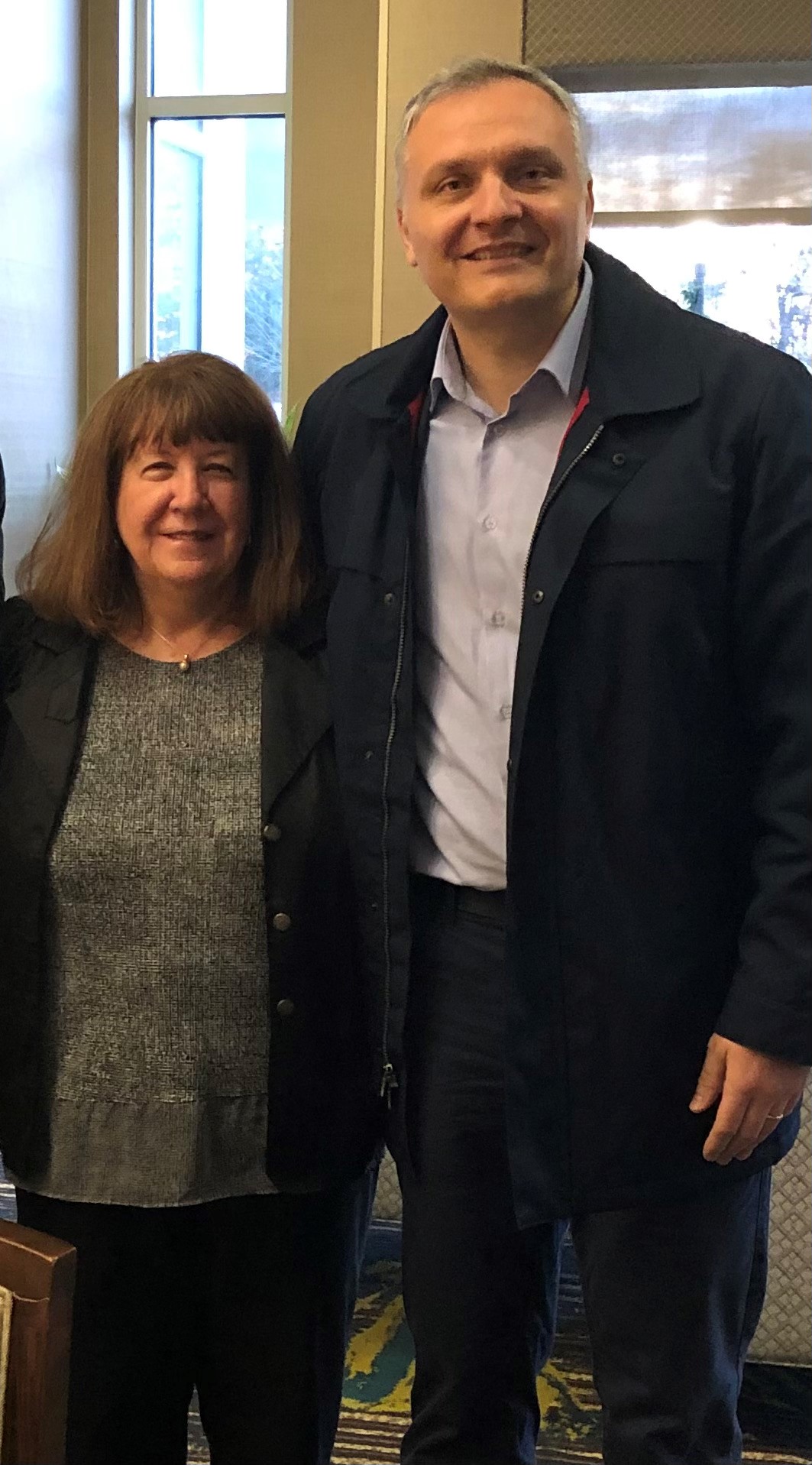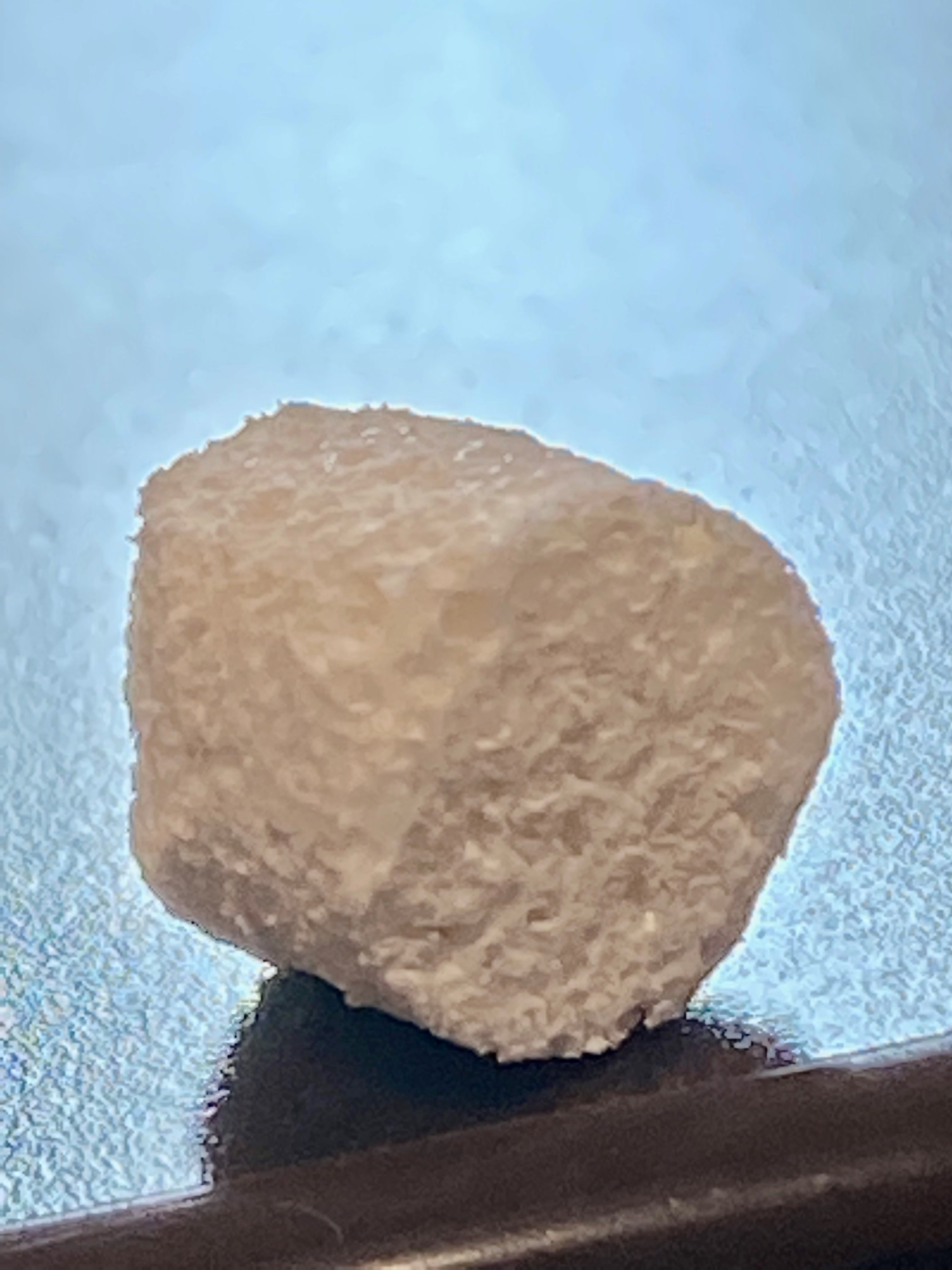Joint Warfighter Medical
NuCressTM Bone Scaffolding Solution for Healing Bone Trauma on the Battlefield and Beyond



Posted June 7, 2022
Alexandru Biris, Ph.D. University of Arkansas, Little Rock
Sharon Ballard, CEO, NuShores Biosciences LLC

Combat, automobile accidents, and sports cause devastating injuries to bone. Despite the advancements in orthopaedics over the years, the Department of Defense (DOD) with support of congressional direction via the Congressionally Directed Research Programs (CDMRP) has placed a huge emphasis on finding solutions for the treatment of large segmental bone defects (>3cm gaps), a significant clinical unmet need that not only impacts the Warfighter's ability to return to duty, but also the general public's return to daily living. These significant clinical challenges often require complex, multidisciplinary teams with support from multiple funders working toward concurrent clinical applications.
Dr. Alexandru Biris and his collaborators and students took on this clinical challenge and has matured his bone regeneration technology from discovery phase to regulatory pathway testing leading to FDA clearance for use in humans (2022-2023). It began in 2015 (FY15) when Dr. Biris received his first award through the Defense Medical Research Development Program (DMRDP) funded by the Combat Casualty Care Research Program to determine the parameters and processes that controlled scaffold fabrication and to do so with bone repair injuries that had different morphologies, chemistries, or sizes. In addition, his team and collaborators would create an injectable, thermo-responsive, and chemically cross-linkable composite scaffold system for rapid bone formation. To do this, his research team characterized the functional properties of bone tissue (osteogenic) responses in an animal model. For the construction of tissue-regeneration scaffolds, Dr. Biris' team used a three-dimensional, layer-by-layer deposition of tunable polyurethane/nano-hydroxyapatite-based composite 3D structures as osteogenic platforms that enabled them to control the various structural variables, like shape and dimensions, of the bone scaffold. After successful results from a controlled bone fragment removal (2.5 cm gaps) in a goat model, the scaffolding systems were then surgically tested in goats with up to 10 cm gaps that mimicked blast induced bone defects. To test the bone kinetics and possible infections after surgery, tissue samples were taken at regular intervals afterward. These studies showed bone regeneration success after 1 year in the goat models determined by ex vivo analyses including mechanical testing. This project from the DMRDP advanced the bone scaffold concept to the next stage down the research pipeline.

In FY18, Dr. Biris (UA Little Rock) and his collaborators at University of Tennessee Knoxville received two additional awards from the CDMRP: a Military Medical Research and Development Award from the Joint Warfighter Medical Research Program (JWMRP); and an Applied Research Award from the Peer Reviewed Orthopaedic Research Program (PRORP). These awards funded the optimization of the bone scaffold design for simultaneous bone regeneration and antibacterial effects; the awards also supported toxicology studies and assessment of bone regeneration differences if any by various scaffold designs with various antibiotics. The addition of antibiotics required additional tests to ensure the structural integrity of the scaffolds were not compromised. The addition of antibiotics to the scaffolds was shown to prevent bacterial osteomyelitis (inflammation or swelling in the bone) and biofilm growth in rabbit models. This would improve prolonged field care for Warfighters at different roles of care and could eliminate the need for the multiple surgeries required to treat osteomyelitis, thus significantly improving the current standard of care. The award from PRORP was critical in optimizing and validating the bone regeneration and the antibacterial properties of the scaffold in two different animal models (small and large models).
NuShores Biosciences LLC (NuShores) was formed to commercialize these bone regeneration technologies via global exclusive license from UA Little Rock. Led by Sharon Ballard, CEO, NuShores is preparing to produce the first indication of the bone scaffold called NuCressTM for extremities. NuShores was awarded funds by JWMRP to prepare for regulatory clearance considerations by the U.S. Food and Drug Administration (FDA). These efforts included establishment and implementation of FDA required Quality Management System and current Good Manufacturing Practices. Additionally, NuShores is supporting safety and efficacy studies of the scaffold with UA Little Rock via a signed Collaboration Research Agreement (CRA) to facilitate knowledge transfer, facilities and equipment sharing between the licensor university and licensee NuShores.
These efforts have been successful, and Dr. Biris' university spinout venture NuShores received a fourth award in FY20 by the U.S. Army's Medical Research and Development Command's Clinical and Rehabilitative Research Program (CRMRP) via an Other Transaction Agreement (OTA) competitively awarded through the Medical Technology Enterprise Consortium (MTEC). This transition of the initial NuCressTM manufacturing process from the JWMRP to the MTEC focuses on the optimization of the manufacturing process by investigating multiple and consecutive iterations of automation to improve quality, cost and efficiency. The deliverable is to demonstrate the feasibility of producing the NuCressTM bone void filler scaffold by a fully automated, intelligent production system with real-time in-process quality monitoring and control.
For the successful commercialization of NuCressTM scaffolds across extremities, dental and spine indications of use, NuShores split different aspects of the development pipeline between funding sources and federal agencies. NuShores internally funded initial spine indications and is pursuing private and grant funding for spine GLP studies for FDA consideration. SBIR funding to NuShores since 2017 from National Institutes of Health (NIH) has been focused on development for dental implant indications, which currently includes locating second sources for key raw materials and providing automation inputs for the unique size needs of dental indications to NuShores' on-going MTEC manufacturing automation efforts. To support this dental effort collaboratively, the CDMRP formed a research relationship with the National Institute of Dental and Craniofacial Research (NIDCR) that has funded NuShores' dental efforts.
NuShores' regulatory plan is to submit a final clearance package to the FDA for extremities indications first, with funding support from JWMRP and NuShores' investors. Based on multiple FDA meetings, NuShores would pursue minimum viable product claims and then expand those claims based on research results that could include large segmental defects as well as dental and craniomaxillofacial indications; and later, spine indications. To solidify and enhance the NuCressTM scaffold's market and clinical portfolio, Dr. Biris and NuShores will verify the scaffold-regenerated bone's stability and establish recommended practices to guide surgeons in their selection of additives to the scaffold, such as antibiotics, growth factors, and cells, to enhance Warfighter and patient care. NuShores' regulatory experts and the FDA recommend expanding these claims and providing clinical use guidance via research publications and later with new clearance or approval packages to the FDA. Before the end of the JWMRP and PRORP projects, NuShores will submit a final clearance package for consideration by the FDA for use of NuCressTM scaffold in humans for orthopedic indications (FDA has indicated that no clinical trials are required for their clearance consideration). Future claims based on sufficient data that will have been generated by these various research projects would include antibiotic-optimized scaffolds; claims could be made via peer-reviewed research publications, and later, for FDA premarket approval. NuShores is currently preparing for post-market clinical trials for extremities indications and pursuing funding opportunities for such post-market clinical trials available with NIH, Department of Defense (DOD) and private institutions.
The successful translation of a concept to the NuCress™ bone void filler product requires the collaboration of researchers and funding agencies. The research efforts of Dr. Biris, Ms. Ballard, and their teams to see NuCressTM scaffold through to the battlefield and bedside is a commendable effort with the ability to make a significant impact to the medical community. Through the funding support of multiple programs, the USAMRDC strives to ensure that concepts like Dr. Biris' can be challenged, tested, and advanced along with relevant funding partners for continued technology maturation, and ultimately, delivered to Warfighters, Veterans, and the American public.
Links:
Public and Technical Abstracts: Multiscale Technology for Rapid, Enhanced Bone Regeneration
Last updated Friday, March 7, 2025














